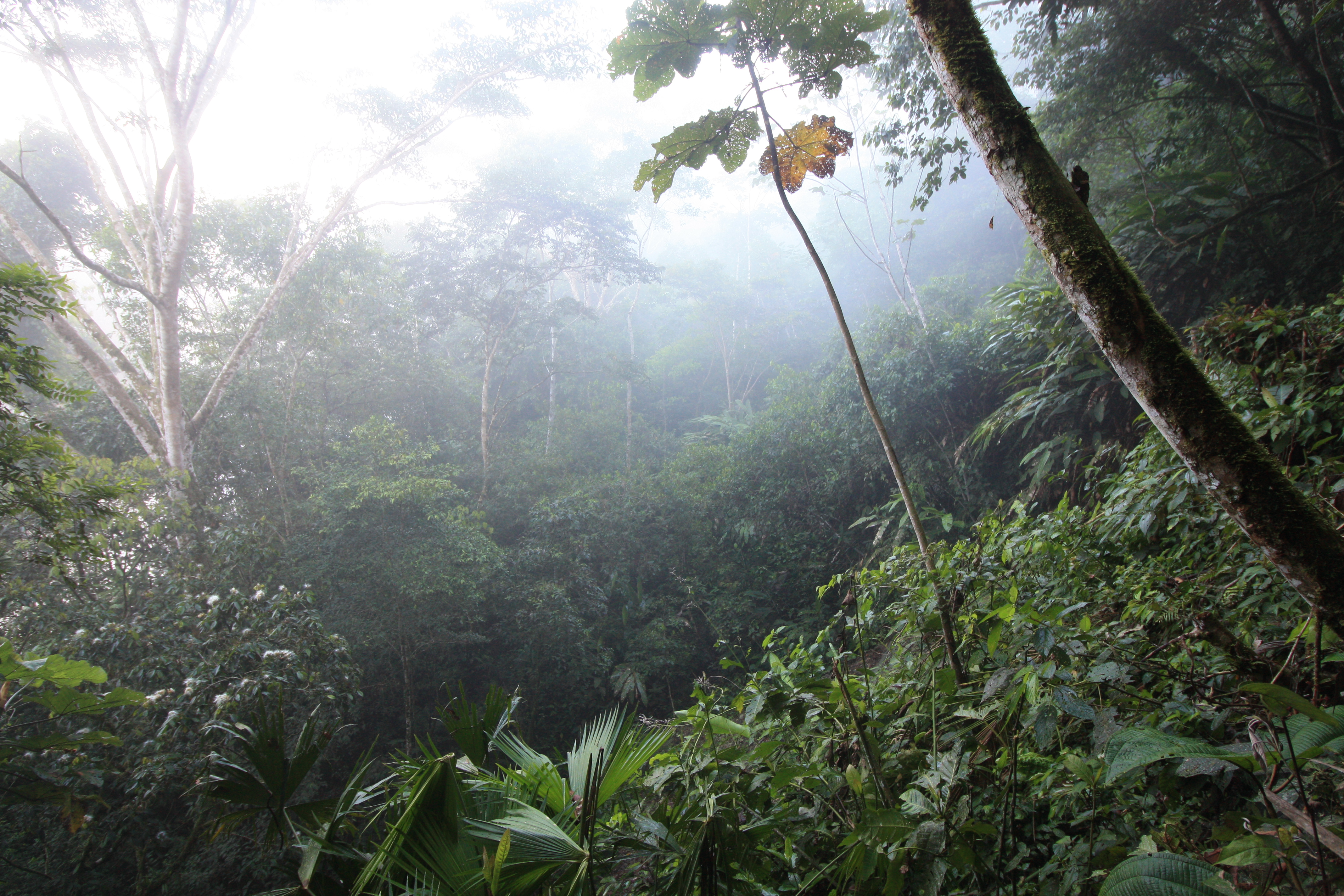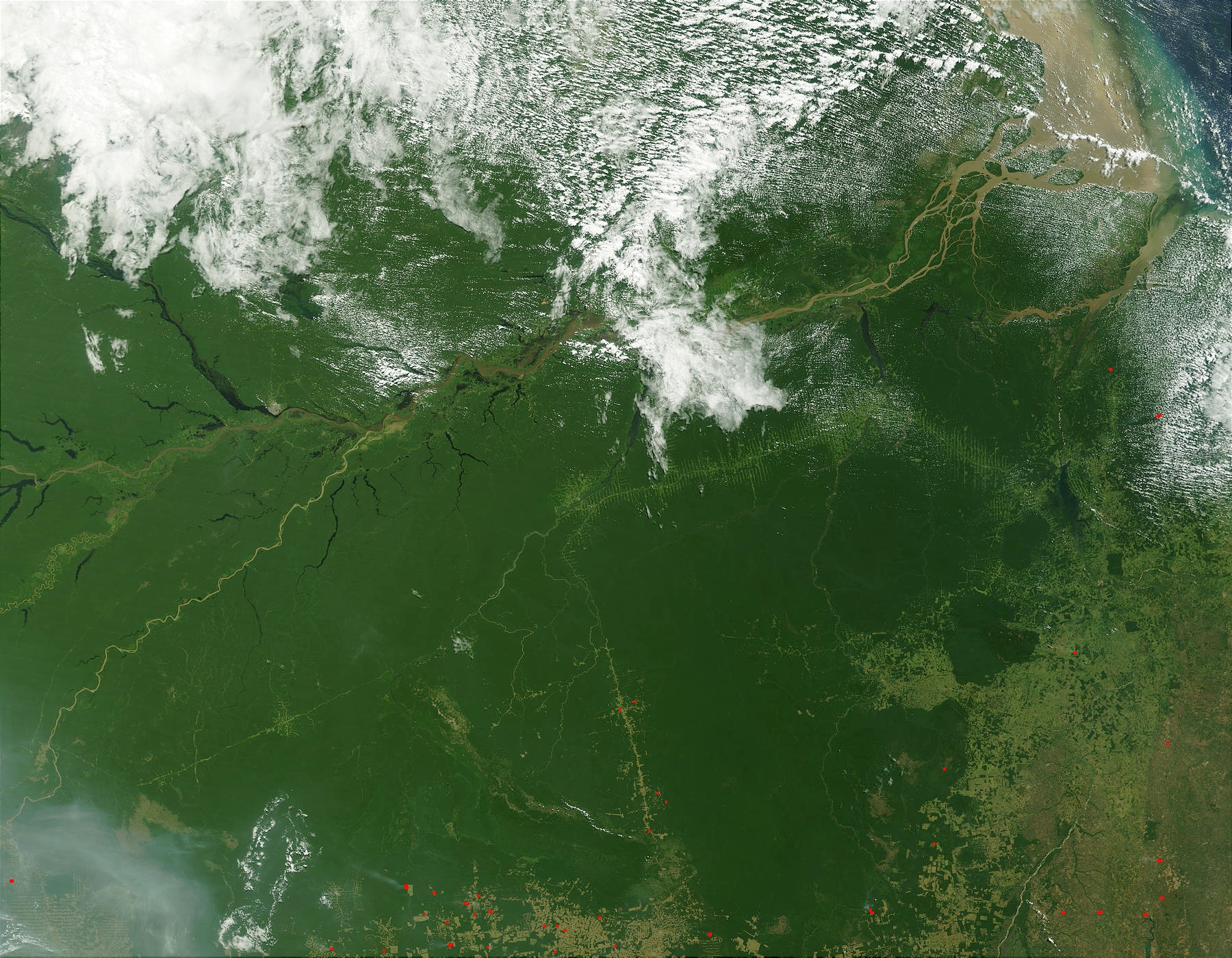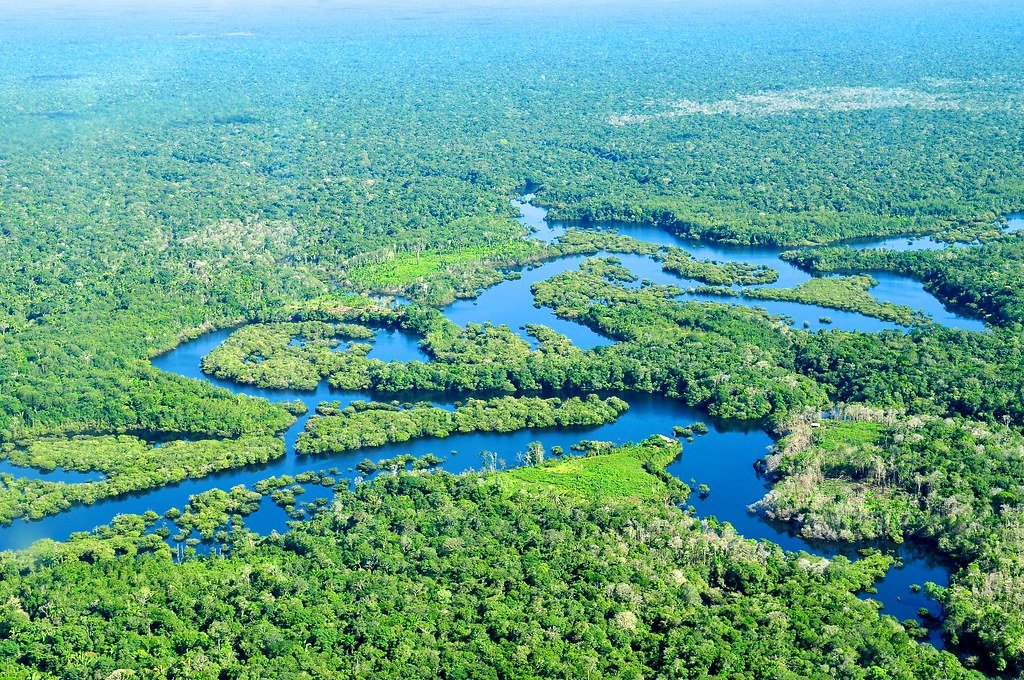The Amazon rainforest, often called the “lungs of the Earth,” is a world of astonishing beauty and mystery. Imagine standing beneath a canopy so thick that sunlight barely touches the ground, surrounded by a symphony of birds, insects, and the distant roar of a jaguar. But behind this breathtaking scene is an unsettling reality—vast swathes of the forest are vanishing at an alarming rate. Even though global awareness has soared and the Amazon’s importance is universally acknowledged, deforestation continues. Why does this relentless destruction persist? And who, exactly, is profiting from the loss of a natural wonder that belongs to us all? Let’s journey into the tangled roots of this crisis and uncover the forces driving it.
The Heartbeat of the Planet

The Amazon isn’t just a forest; it’s a life-support system for the world. Spanning over five million square kilometers, it produces around 20% of the world’s oxygen and stores billions of tons of carbon. Every tree felled is like a heartbeat lost, weakening the planet’s ability to regulate climate and sustain biodiversity. This immense green expanse also controls rainfall patterns across South America, influencing weather as far away as the United States and Africa. Without it, droughts grow harsher, wildfires spread farther, and the Earth’s climate tips ever closer to chaos.
Decades of Deforestation: A Relentless Trend

Deforestation in the Amazon isn’t new. Starting in the 1960s, massive infrastructure projects like highways and dams sliced through the jungle, opening it up to settlers and loggers. In recent decades, satellite images have revealed a patchwork of clearings—each a scar where trees once stood. Despite international outcry, the trend has barely slowed. Last year alone, the Amazon lost thousands of square kilometers of forest, undoing years of conservation efforts in mere months.
Logging: The Axe Behind the Loss

One of the most visible drivers of Amazon deforestation is logging. Both legal and illegal loggers target valuable hardwoods like mahogany and ipe, felling ancient trees that took centuries to grow. The timber is shipped worldwide, ending up as luxury flooring or expensive furniture. Logging roads cut deep into the forest, making it easier for others to follow and claim more land. Even selective logging, which seems less destructive, opens gaps that invite further encroachment.
Cattle Ranching: The Silent Giant

It’s hard to imagine, but much of the Amazon’s destruction is fueled by burgers and steaks. Brazil is the world’s largest exporter of beef, and vast areas of rainforest are cleared to create pasture for cattle. Ranchers set fire to the land, quickly converting dense jungle into grassy fields. The soil, once protected by tree roots, quickly degrades, often forcing ranchers to clear new areas when old pastures fail. This endless cycle has made cattle ranching the single biggest cause of Amazonian deforestation.
Soy Expansion: Feeding the World, Destroying the Forest

Soy isn’t just for tofu—it’s a global commodity, and much of it ends up as animal feed in Europe and China. Large agribusinesses carve out millions of hectares for soybean plantations, using heavy machinery to clear the land. These plantations stretch for miles, replacing the intricate web of rainforest life with monotonous rows of crops. The profits are enormous, but the environmental cost is catastrophic. Chemical fertilizers and pesticides further poison the soil and waterways, compounding the damage.
Mining: Hidden Destruction Beneath the Canopy

Beneath the lush canopy, the Amazon is rich in minerals—gold, bauxite, iron ore, and more. Mining operations, both legal and illegal, gouge massive pits from the earth, polluting rivers with mercury and other toxic chemicals. Small-scale miners, often driven by poverty, carve out territory wherever they can, leaving behind barren wastelands. The gold rush may bring quick wealth to a few, but it leaves behind poisoned rivers and devastated ecosystems.
Infrastructure Projects: Highways Into the Wild

Roads, dams, and hydroelectric plants are sold as progress, but for the Amazon, they are harbingers of destruction. New highways slice through untouched forest, providing access for loggers, ranchers, and miners. Dams flood valleys, drowning entire ecosystems and displacing indigenous communities. These projects are often funded by government or foreign investors, who claim they will bring economic development. In reality, they pave the way for even more deforestation.
Fires: Tools of Destruction

In the dry season, the Amazon burns—not always by accident, but by design. Farmers and ranchers set fires to clear land quickly, but these blazes often spiral out of control. Towering flames consume trees, sending thick smoke across continents. In 2019, the world watched in horror as satellite images showed the rainforest ablaze. Fire not only destroys trees but also releases vast amounts of carbon dioxide, accelerating climate change.
Illegal Activities: The Shadow Economy

Much of the Amazon’s destruction happens in the shadows. Illegal loggers, miners, and land grabbers operate with impunity, often bribing local officials or using violence to protect their interests. Criminal networks profit handsomely from timber and minerals smuggled out of the forest. Law enforcement is often underfunded and overwhelmed, making it nearly impossible to stop these illicit operations. The result is a black market that thrives on the Amazon’s misery.
Indigenous Communities: Guardians Under Threat

For thousands of years, indigenous peoples have lived in harmony with the Amazon. They know its secrets, its medicines, and its rhythms. But today, their lands are under siege. Encroachment by loggers, miners, and ranchers threatens their homes and way of life. Some indigenous groups have organized to defend their territories, but they face intimidation, violence, and legal battles. Losing these guardians means losing irreplaceable knowledge about the forest.
Government Policies: The Double-Edged Sword

Government action can protect or destroy the Amazon. Policies that encourage agricultural expansion or weaken environmental regulations make it easier for companies to clear land. Some leaders view the rainforest as unused potential, ripe for development. Yet, other administrations have tried to strengthen protections and enforce conservation laws. Political swings, corruption, and changing priorities often leave the Amazon caught in the crossfire.
International Demand: The World’s Appetite

Deforestation in the Amazon isn’t just a Brazilian problem—it’s global. Consumers around the world drive demand for beef, soy, timber, and minerals. Every steak eaten in Europe, every wooden floor in America, traces back to the forest’s edge. International companies and investors profit from cheap resources, while local communities bear the consequences. The global supply chain is tangled, but the connection to the Amazon’s fate is undeniable.
Climate Change: A Vicious Circle

The Amazon plays a vital role in stabilizing the Earth’s climate. When trees are cut down, they release stored carbon, fueling global warming. As the climate heats up, the forest becomes drier and more prone to fires, creating a feedback loop of destruction. Scientists warn that if deforestation continues, the Amazon could reach a tipping point—transforming from lush rainforest into dry savannah. This would be a planetary catastrophe, with impacts far beyond South America.
Economic Pressures: Poverty and Profit

Many people involved in deforestation are simply trying to survive. Small farmers clear land to grow crops or raise cattle, hoping to lift themselves out of poverty. For others, the promise of quick profit—whether from timber, gold, or soy—outweighs concern for the environment. Governments often face pressure to create jobs and boost exports, even if it means sacrificing the rainforest. Economic desperation can make conservation seem like a luxury few can afford.
Corruption and Weak Law Enforcement

Corruption is a silent accomplice in the Amazon’s destruction. Officials may turn a blind eye to illegal logging or mining in exchange for bribes. Environmental laws, even when strong on paper, are often poorly enforced. Patrols are few and far between, and those who try to protect the forest face threats. When corruption seeps in, it becomes almost impossible to stop the chainsaws and bulldozers.
Who Really Benefits?

The profits from Amazon deforestation are vast, but unevenly distributed. Large agribusinesses and multinational companies reap the biggest rewards, exporting beef, soy, and minerals to global markets. Local elites and land speculators gain wealth and political influence. Meanwhile, ordinary people—especially indigenous communities—suffer the most, losing their homes, health, and heritage. The world, too, pays a steep price, as the loss of the Amazon harms the global climate and biodiversity.
Conservation Efforts: Hope Amidst the Loss

Despite the grim picture, there are stories of hope. Conservation organizations, scientists, and indigenous leaders are fighting to protect the forest. Innovative projects, like sustainable harvesting and ecotourism, offer alternatives to deforestation. International agreements and consumer pressure can help push companies to adopt deforestation-free supply chains. Each protected hectare is a victory, showing that a different future is possible.
The Role of Technology and Science

Modern technology is changing the fight to save the Amazon. Satellites track deforestation in real-time, exposing illegal clearings as they happen. Drones and camera traps provide new eyes in hard-to-reach places, helping researchers monitor wildlife and habitat loss. Scientists study the intricate connections between plants, animals, and climate, revealing how even small changes ripple through the ecosystem. With better tools, defenders of the Amazon are more empowered than ever.
Power of Public Awareness and Activism

People around the world are raising their voices for the Amazon. Social media campaigns, protests, and documentaries shine a spotlight on the crisis, pressuring governments and companies to act responsibly. Schoolchildren, celebrities, and everyday citizens are demanding change. The public’s outrage over forest fires or attacks on indigenous rights can force policy reversals and inspire new commitments to conservation.
Your Connection to the Amazon

It’s easy to think the Amazon is a distant wilderness, separate from our daily lives. But every breath we take, every meal we eat, is linked to what happens beneath its green canopy. The choices we make—as consumers, voters, and citizens—ripple across the world. The Amazon’s fate is a shared story, and we all have a role to play in writing its next chapter.



